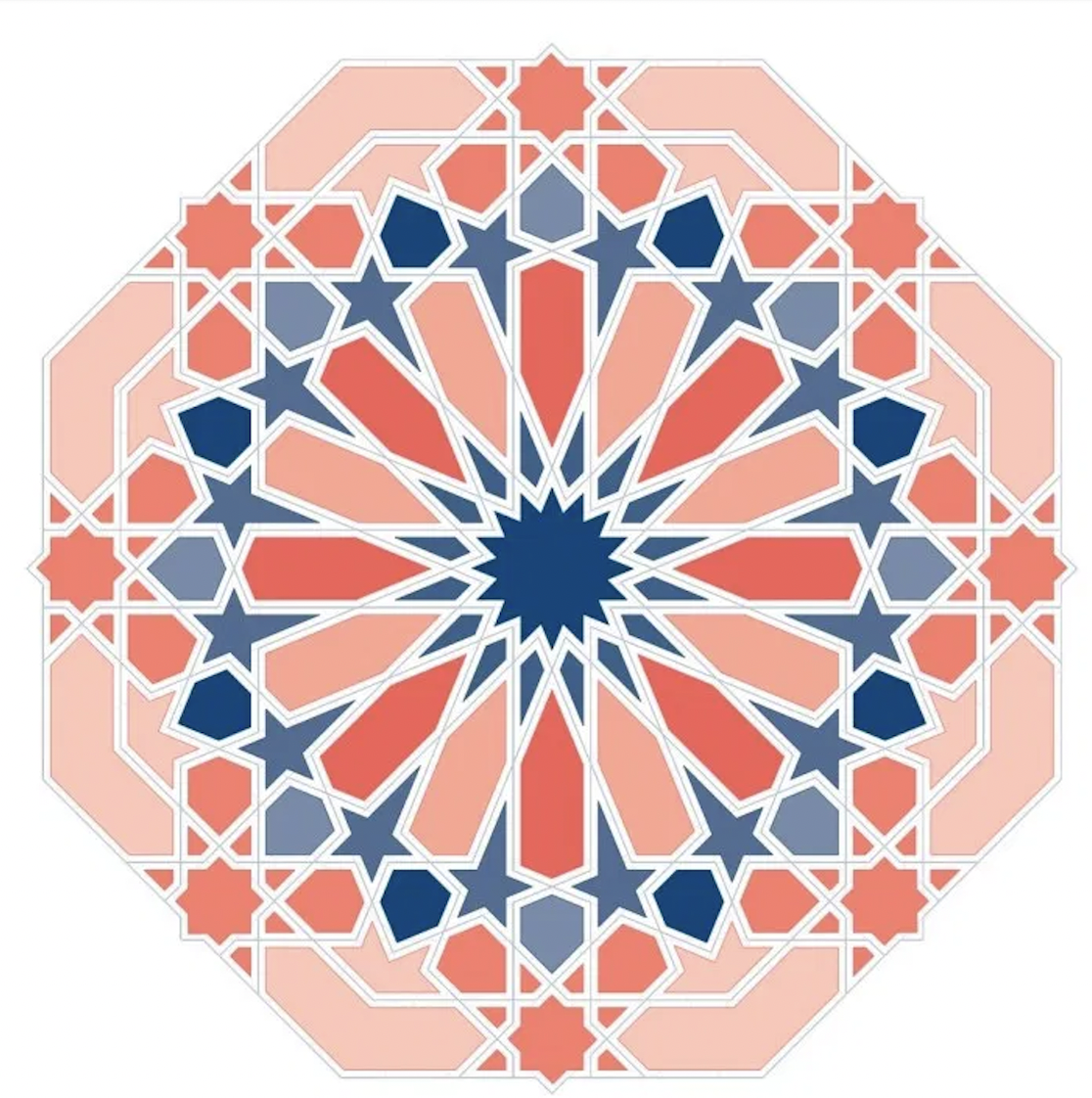Muhammad Kaba - the most famous Muslim in Jamaica?
The most famous Muslim in Jamaica was known as Muhammad Kaba, born in 1756. He was from a wealthy family in Sengambia and was very well-educated. His name was changed to Robert Tuffit and even at 78 years-old he still said Islam had a special place in his heart.
He lived in the coffee estate of the spice Grove in the mountains of the of Manchester parish, Jamaica from 1777-1845.
Kaba wrote a 50-page document in Arabic. Addressed to the “community of Muslim men and women.” It was an instructional manual on praying, marriage and ablutions, and contains commentaries and references to classic Islamic texts. (Sylviane A. Diouf).
The Arabic manuscript is on deposit in Regents College, Oxford. “It is a poignant statement of life under slavery as a Muslim.“ (Yacine Daddi Addoun and Paul Lovejoy)
“This manuscript is something that indicates that the Muslim community had managed to preserve knowledge of texts familiar to the Qadriyya brotherhood of West Africa… Indeed, the manuscript is solid evidence that the Qadriyya, as a sufi order, was to be found in Jamaica in the early nineteenth century.“ (Yacine Daddi Addoun and Paul Lovejoy)
“The Kit ̄ab al-sal ̄at is clearly a commentary and instructional manual on Islam, with references to a deep and sophisticated tradition of education and transmission. It is equally clear that the author was the leader of a Muslim community in Jamaica, despite the impediments of remaining in touch with much of his Islamic heritage and its institutions” (Yacine Daddi Addoun and Paul Lovejoy)
Despite being enslaved, Muslims tried to hold on to their faith and heritage. But gradually it would become harder and harder to do so.
“Nonetheless, Kab ̄a, al-Sidd ̄ıq and other Muslims successfully maintained a sense of community as Muslims, communicating in writing, even as they had to disguise their Muslim identity through the use of Christian names, hiding behind the cloak of evangelical missionary Christianity.” (Yacine Daddi Addoun and Paul Lovejoy)
Jamaica was one of the Caribbean islands that had large Muslim presence from slavery. In 1789, 19% of Muslims in Jamaica would have been from areas such as the Gold Coast, Senegambia, Sierra Leone, and the Bight of Benin. “There was necessarily a community of Muslims in Jamaica who were aware of each other’s presence and who clearly enjoyed the advantages of close proximity and regular fellowship.” (Michael Gomez: Black Crescent)
In Michael Gomez’s book ‘Black Crescent’: The Experience and Legacy of African Muslims in the Americas, he details the long history of Islam in the Americas including stories of enslaved Muslim such as Muhammad Kaba.


